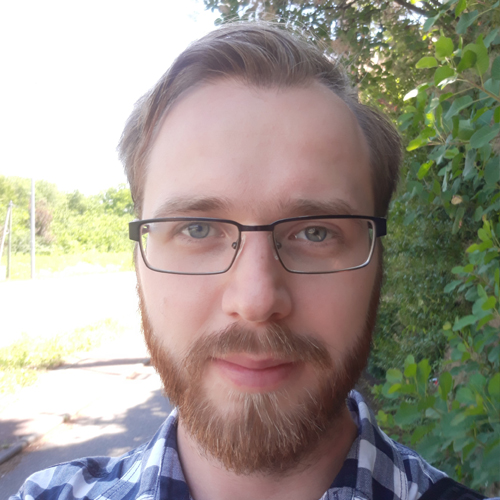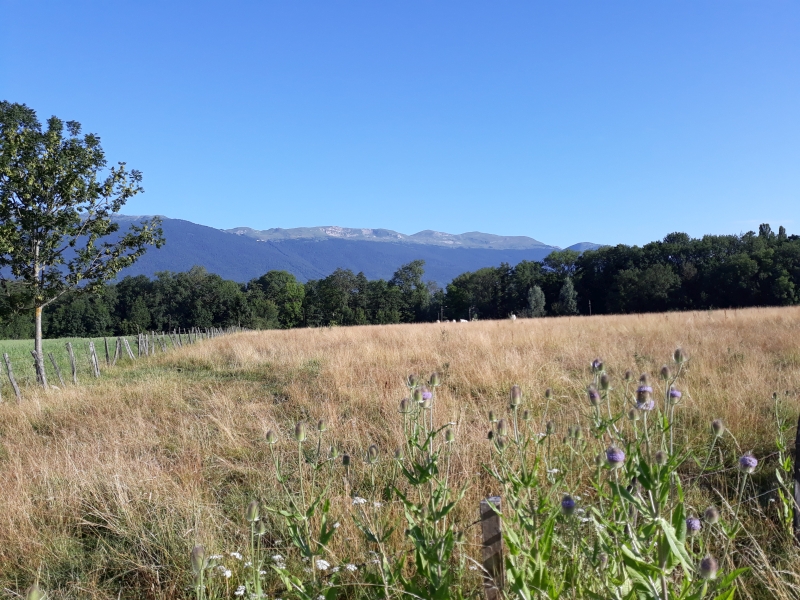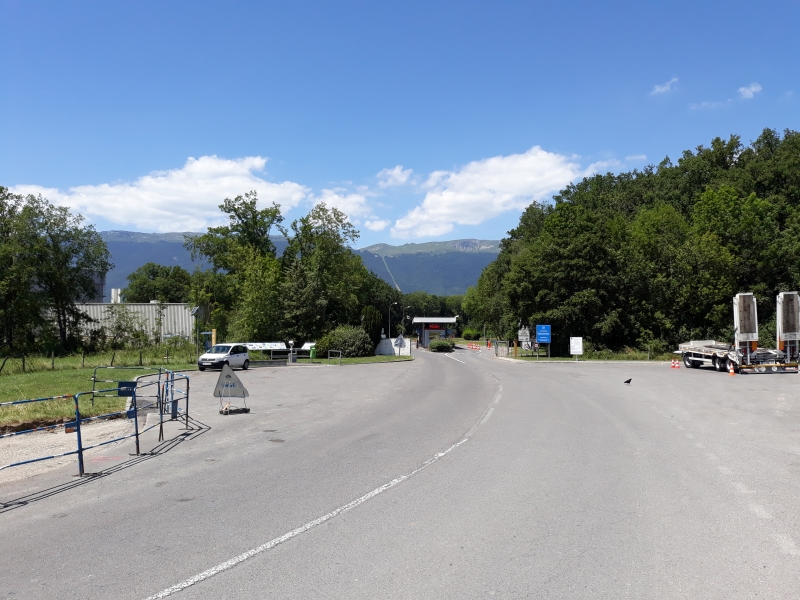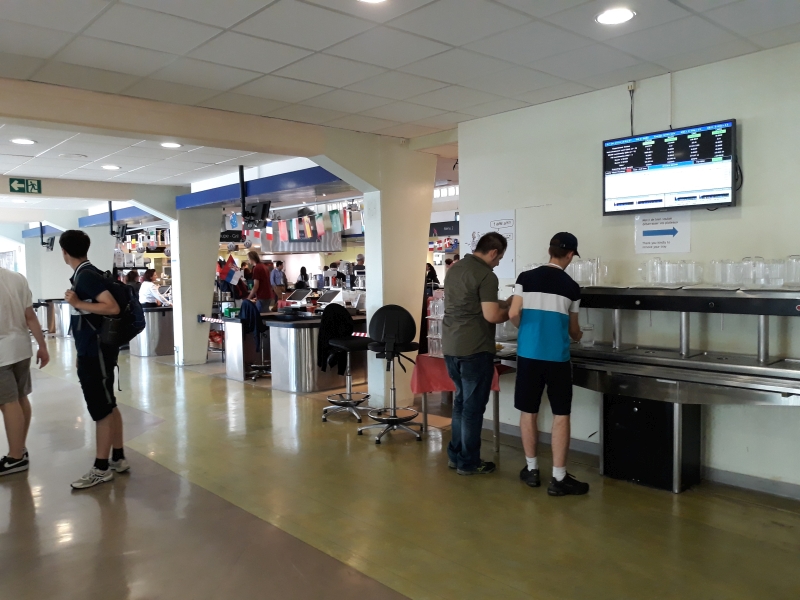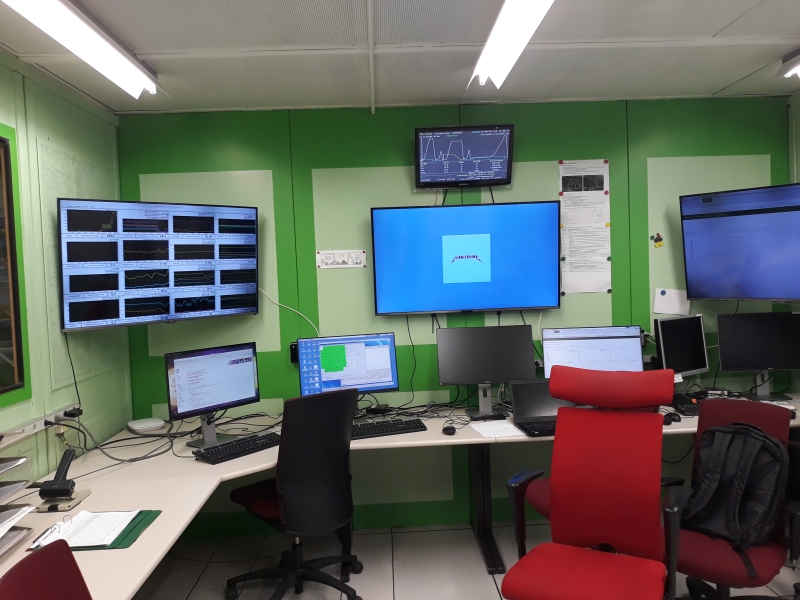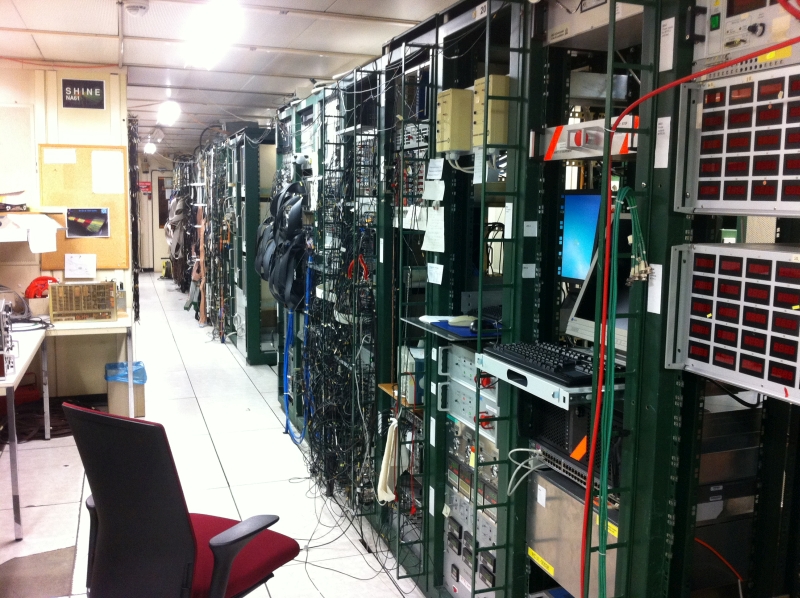CERN | My story
photo from the private archive
KAMIL WÓJCIK, MSc Eng.
My first impressions of NA61/SHINE team meetings at the University of Silesia can be described as: “I don’t even understand half the words”.
|
CERN MY STORY
|
When I was a student of 1st cycle studies in Technical Physics at the University of Silesia, a friend from the Physics Student Research Group informed me that the NA61/SHINE experiment team would be happy to take a student under their wing. Thus, quite early on, my adventure with CERN began. The NA61/SHINE experiment studies questions related to strong interactions, particularly phase transitions and the search for the critical point of nuclear matter. It investigates the formation of various particles, including alluring quarks in heavy-ion collisions. The research involves colliding hadrons, mostly heavy atomic nuclei, sped up by the SPS (Super Proton Synchrotron) accelerator. My first impressions of NA61/SHINE team meetings at the University of Silesia can be described as: “I don’t even understand half the words”. A feature of high-energy physics experiments is the interdisciplinary range of knowledge and skills at the intersection of physics, electronics, and computer science, needed by the physicists running the experiment. Fortunately, with the help of team members, the necessary aspects one by one became clear to me, and I performed my first data analysis. Shortly after that, I wrote a thesis related to NA61, and later I visited CERN and participated in my first research shift. Many people describe the experimental hall and CERN itself, so I’ll focus more on other highlights that are part of CERN’s everyday life. The road from the hotel at CERN to the NA61/SHINE experimental hall is simply very pleasant. As you walk through fields and forests, you can enjoy a beautiful view of the Jura mountain range and hope that there will be an opportunity to travel to these mountains, e.g., thanks to a short power failure of the accelerator. The road to CERN is a landscape of French fields and forests overlooking the Jura Mountains. photo from the private archive The entrance to the North Area – the CERN campus that houses the NA61/SHINE experiment. photo from the private archive A walk or a ride on a bicycle rented at CERN is also an opportunity to get some sun, to make up for the lack of sunlight associated with spending several hours a day in the experimental hall. And summer at CERN is usually hot. You can eat lunch at several restaurants, or rather canteens, at the North Area campus (on the French side) or at the main campus in Meyrin (on the Swiss side). CERN’s canteens are equipped with something unique: televisions that show the status of the accelerators instead of soccer. I understood their significance when the accelerator malfunctioned. Along with the other scientists, I replaced the idle sitting in the experimental hall by waiting in the canteen for the malfunction to be fixed. It was more pleasant, and thanks to these TVs, we knew whether it was time to return to the hall or not. This is one such screen. photo from the private archive There are moments for relaxation. Sometimes, as a result of a malfunction beyond our control (then we enjoy them a little less), or they are simply well-deserved moments of rest. You can spend them, for example, playing chess in Geneva. A chess duel between our team leader and his “first”. The result followed the hierarchy. photo from the private archive About daily work at CERN Spending time with friends in the canteen or on trips, however, is just an interlude to work, which is obviously much more important and very exciting, so I will devote a few words to it as well. Only a few, because describing it in its entirety would mean writing a thick book. Tasks that can be done outside the hall, including daily meetings and organisational activities, are done in the office space. I, however, prefer to spend my time in the experimental hall. This is where the detector of our experiment and the entire data acquisition system is located. Most of the time is spent in the control room (the room where you control the beam and monitor the detector) and the counting house (the room where the data acquisition system is located). Controll room NA61/SHINE photo from the private archive Counting house photo from the private archive During the shift, it is in these rooms that the shifters keep watch around the clock to ensure that the detector is working properly. Of course not the same ones – they change every 8 hours. If there’s a problem they can’t fix, more experienced team members are called in. For example, if the beam’s position needs to be corrected, a beam expert, such as myself, is called in. More technology or physics? The scale of the undertaking to operate our detector, which is much smaller than ATLAS, is vast and requires dozens of people: shifters, experts, electronics engineers, and technicians. Much of this tedious work is done by experimental physicists, the members of the experiment. That’s why they need a broad, interdisciplinary range of knowledge. Physics “happens” at the point where the beam collides with the target and behind the target – in the detector area. This is where the phenomena we are interested in occur, phenomena that cannot be seen directly. Initially, we have only petabytes of numerical data collected by our detector and brave shifters. “Viewing” physical phenomena is only the fruit of spending nights and days in front of computers as we analyze the acquired data. This work is no longer done in the experimental hall but in offices, universities, and homes after returning from CERN. And it is this that gives the final result, which is learning something more about the nature of the world. It happens so in some fields that it takes the work of hundreds of people, both with measuring equipment and data analysis, to learn something. What did not come easily – must be respected. |
|






